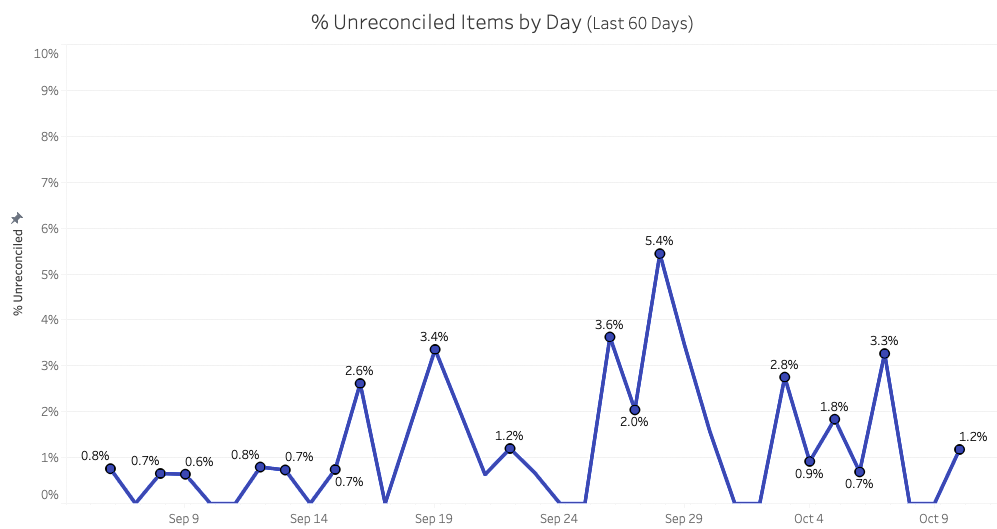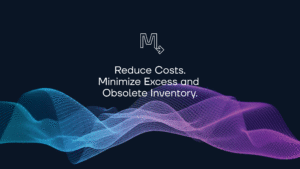Improving Order to Cash: A Data-Driven Approach
For most in the medical device space, the Order-to-Cash (Order2Cash, OTC, O2C) process is cumbersome and inefficient. The Medical Device complex supply chain desperately needs a complete end-to-end renewal to improve accuracy, efficiency, and patient safety—while driving genuine cost savings. The current processes for exchanging data between MedTech manufacturers and healthcare providers are plagued by discrepancies which create costly errors, delays, inventory issues, and compliance traceability gaps. These inefficiencies all hurt the entire supply chain, but more importantly, they introduce unnecessary problems and costs for patients.
Order-to-Cash efficiency issues are finally able to be solved when both provider and manufacturer are on the same, agnostic, integrated, unified healthcare operations platform. This article discusses the importance of Order-to-Cash, and how MedTech Manufacturers manage this process more effectively using analytics provided by the Movemedical Platform. It will focus on several key components of the Order-to-Cash process: usage capture, sales order creation, pricing approaches (construct vs line item), and PO capture.
1. Usage Capture
Movemedical allows users to capture usage quickly and efficiently through its native mobile app by enabling users to scan an implant using the phone’s camera. During this Usage Capture process, an immense amount of data is collected, which is used to streamline the Order-to-Cash process. Two types of analytics (Pipeline and Behavioral) are then used to analyze Order-to-Cash. Pipeline Analytics identifies cases that are stuck in the Order-to-Cash pipeline and fail to progress (see Figure 1 below). Behavioral Analytics helps identify behaviors that can improve this overall Order-to-Cash process. Once these positive behaviors are identified we start tracking improvements over time as we reduce the Order-to-Cash cycle.

1.1 – Pipeline Analytics
The Usage Capture component of the Order-to-Cash cycle will typically experience delays in two places: when usage is captured but not yet confirmed, or when usage has been confirmed but not yet reconciled. Both of these steps need to occur after usage capture to successfully invoice a case, and they may be delayed due to a variety of reasons. For example, additional usage may need to be added, add-on cases may be delaying the capture of usage, or the inventory may not be available at the hospital to be reconciled.
Most reconciliation in Movemedical happens automatically when the inventory used in the surgery is available where it is expected to be. Reconciliation locations are pre-configured from any number of location types, including consignment, on loan to a case, trunk stock, and team stock. In an ideal word, everything would reconcile automatically. But in reality, this may not always be possible. In addition, customers or locations that restock on consumption, will be impacted by delays in restocks as well. Movemedical tracks the entire Usage Capture Pipeline to determine which cases need attention to reduce any delays in the Order-to-Cash process.
Figure 2 below shows how Movemedical tracks the status of Order-to-Cash. This view shows the number of cases and total dollar value of those cases by regions and user. Movemedical also has the ability to dive into case details, such as time elapsed since surgery. These data points allow users to quickly prioritize and resolve any delays in the Order-to-Cash process.


1.2 – Behavior Analytics
There are several behavioral analytics that drive improvements in the Order-to-Cash process. One example is how long it takes for usage to be captured, or the time elapsed between the surgery date and when the last usage item was captured on a case. The KPI for this is: the percentage of cases that usage is captured on the same day as the surgery. When regional leaders and users are accountable to this metric, this can significantly speed up the Order-to-Cash cycle.
Figure 3 below shows all regions and reps being tracked against a Case Usage Added Same Day goal of 90%. A blue panel means the goal has been achieved, and a yellow panel means it needs attention (In this example, region 5 is performing well above the national average). In addition to this metric, it may also be helpful to look at when the case was created in reference to the surgery date. Some businesses do not have the luxury of having a sales rep present at the surgery, so case creation and usage capture is entered into the system after surgery has already happened. Tracking this can also help troubleshoot any gaps as to why usage was not added same day.

The pipeline analytics display above identifies cases with unreconciled usage as cases that need attention. This metric only captures one point in time, so it’s imperative to monitor the percentage of items that are not reconciling over time. Figure 4 below is tracking the number of unreconciled items as a percentage of total items added on each day. In an ideal world every item reconciles automatically, but in a well-managed environment, an unreconciled percentage of less than 1% is a great result.
In addition to viewing this from a line item perspective, is can also be tracked from a case perspective. If the percentage of lines reconciled is high, but a significant number of cases have at least one unreconciled item, those cases can be delayed with respect to Order-to-Cash, and even restocks. For this reason, this metric is tracked both at the line level and also at the case level, to drive optimal efficiencies in reconciliation.

2. Sales Order and PO Analytics
The next step in Order-to-Cash analytics after Usage Capture is the collection of the PO and creation of the sales order. The most important metrics to track are the lag times of these events relative to the surgery date (see Figure 5 below). Both med device manufacturers and hospitals are concerned with reducing these lag times to streamline the Order-to-Cash process. Movemedical tracks these lag times over different regions and/or vendors, and also over time, to monitor opportunities for improvement and progress.
Calculating pricing for cases during the Order-to-Cash process can be challenging due to some customers not being set up to bill by item, and considering the many construct pricing agreements. Movemedical seamlessly integrates these construct pricing rules by customer and makes it easy for a user to apply those rules in-app. Not only is this simple for a user, but this collected data enables analytics around frequencies and dollar impact of billed items not on contract, in addition to any extra fees vendors or hospitals may be charging. Ensuring compliance with construct pricing agreements while identifying opportunities for savings is incredibly important to med device manufacturers.

Effective and efficient management of the Order-to-Cash process is immensely important for a med device manufacturer and hospital, and advanced analytics can leverage data to find opportunities and drive process improvements. The Movemedical Platform makes usage capture seamless, but the ability to track delays in the Order-to-Cash pipeline, combined with the right analytical insight to drive the most effective behaviors is incredibly valuable. Movemedical’s advanced analytics team is committed to helping manufacturers understand their data and creating impactful analytics to help them be more successful.
Your next step to developing critical strategies for improving your Order to Cash process is to reach out and see where we can help.
Connect With Us
If an in-depth Order to Cash discussion makes sense –
contact us here: info@movemedical.com / call 877.469.3992



